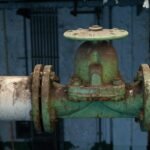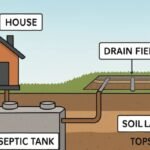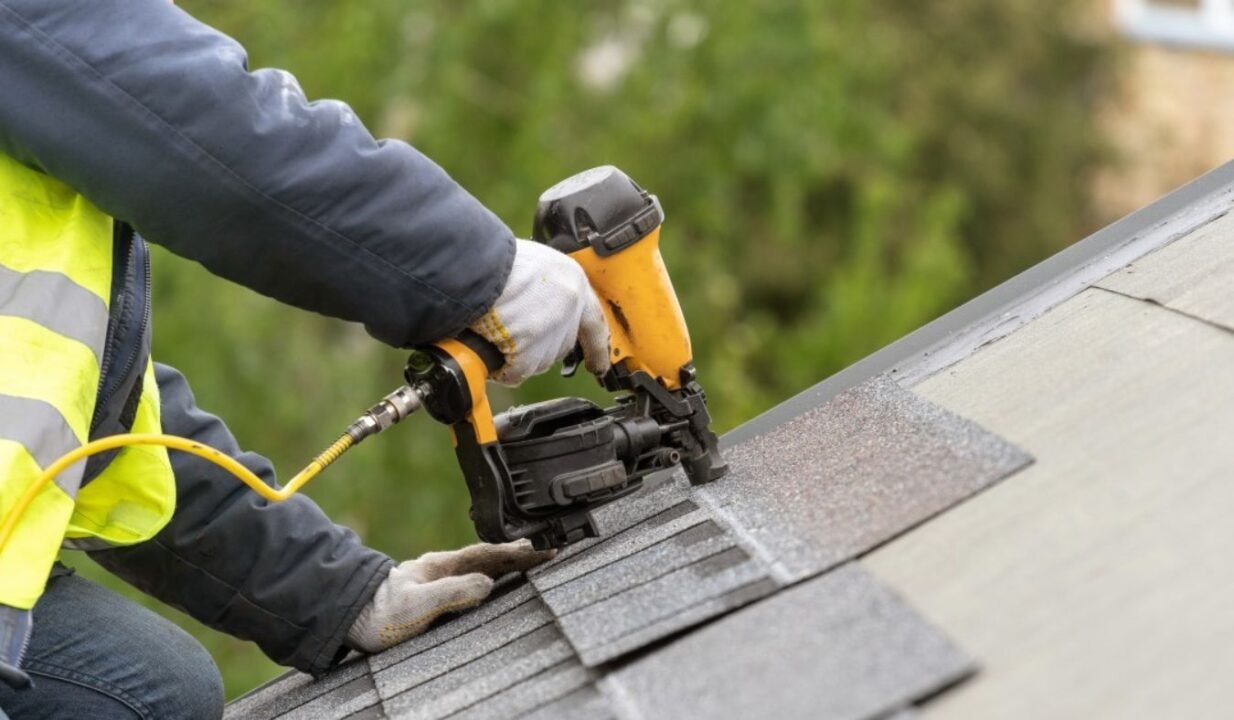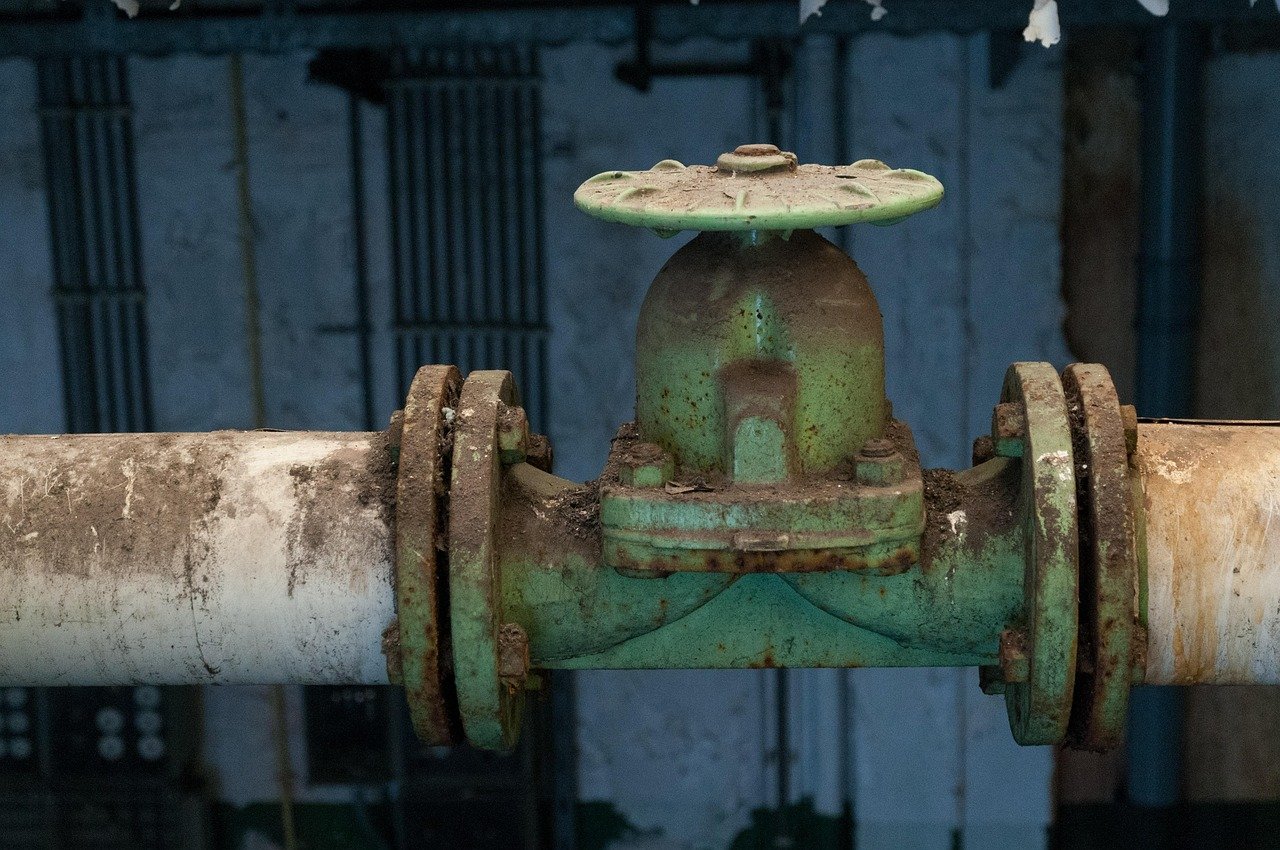It’s essential to take care of your roof to ensure the safety and longevity of your home. A neglected roof can result in significant financial strain due to expensive repairs and may even jeopardize the structural stability of your house. This article offers practical advice for homeowners on roof maintenance, including regular inspections and understanding the specific needs of different roofing materials.
Importance of Regular Roof Inspections
Routine inspections are the foundation of efficient roof care. In regions prone to heavy snowfall, understanding the measurement of roof snow load becomes crucial. This ensures that your roof can bear the weight of accumulated snow without collapsing. To find possible problems before they become serious ones, it is essential to schedule a professional roof check at least once a year. Even minor issues like missing shingles, leaks, and moss growth can escalate quickly if left unattended. Early detection through regular inspections can save you time and money in the long run.
Understanding Different Roofing Materials
Different roofing materials have unique maintenance requirements. Asphalt shingles, the most common type, are relatively easy to maintain but need regular inspections for wear and tear. Metal roofing, known for its durability, requires periodic checks for rust and loose fasteners. While aesthetically pleasing, tile roofs can be prone to cracking and require more meticulous care. Understanding the specifics of your roofing material helps tailor your maintenance approach. For instance, while asphalt shingles might need occasional replacement, metal roofs require resealing to prevent leaks. Being informed about your particular roofing material ensures you’re taking the proper steps to prolong its lifespan.
Ensuring Proper Drainage and Gutter Maintenance
Appropriate drainage prevents water damage since it can weaken your roof’s structural integrity. Gutter functions must be balanced; they direct water away from your roof and stop it from penetrating the building. It’s crucial to clean your gutters regularly to ensure they’re clear of debris like leaves and twigs. Water can back up in your gutters and seep into your roof, causing leaks, mold growth, and even structural damage.
Timely Fixes: A Well-Timed Stitch Saves Nine
The proverb ‘a timely stitch saves nine’ holds particularly true regarding roof upkeep. Repairs done on time can keep little problems from growing into bigger, more expensive ones. For instance, it’s imperative to take quick action if you see broken flashing, missing shingles, or other indications of wear and tear. If you ignore these minor problems, water may leak into your house, harming the walls, ceilings, and foundation. It is usually less expensive and disruptive to make minor repairs than more substantial ones, so investing in fixing issues as soon as they develop is worthwhile.
Practical DIY Tips for Roof Care
While some roof maintenance tasks require professional expertise, there are several essential tasks you can safely handle on your own. Regularly remove debris from your roof, such as leaves and branches, to prevent unnecessary damage. Use a leaf blower or a long-handled broom to avoid climbing onto the roof. Keeping your roof clear of debris helps ensure water flows freely off the surface, reducing the risk of leaks and structural damage. When undertaking any DIY tasks, prioritize safety. Utilize a sturdy ladder, wear non-slip shoes, and never attempt to maintain your roof during adverse weather conditions.
When to Call a Professional
While few jobs can be completed by hand, some require professional knowledge. If you suspect structural damage, significant leaks, or other critical issues, it’s best to call a roofing professional. They have the tools and knowledge to tackle complex problems safely and efficiently. Additionally, professionals can perform thorough inspections beyond what the average homeowner can do. For instance, they can look for indications of underlying damage that might not be immediately apparent and suggest the best action to stop future problems.
Benefits of Preventive Maintenance
Preventive maintenance extends your roof’s lifespan and enhances your home’s safety. By devoting time and resources to routine roof care; you can prevent unforeseen repairs and have peace of mind knowing that your roof is in good shape. By detecting and resolving problems early on, preventive maintenance can save you money and guarantee the long-term stability of your roof. Whether through regular inspections, timely repairs, or proper drainage maintenance, taking proactive steps today can lead to substantial benefits in the future.










